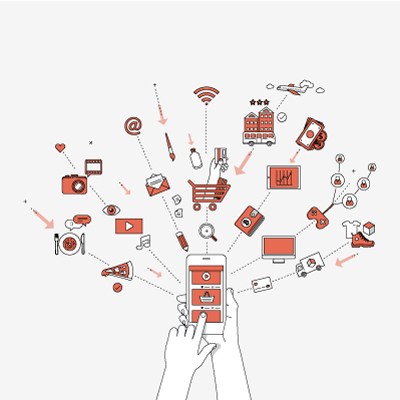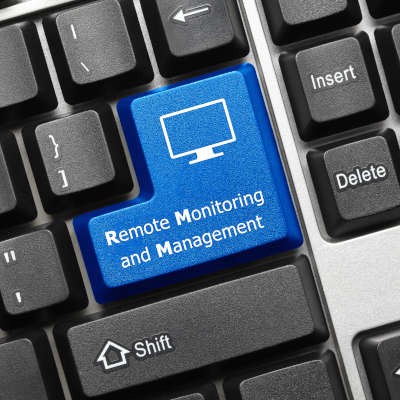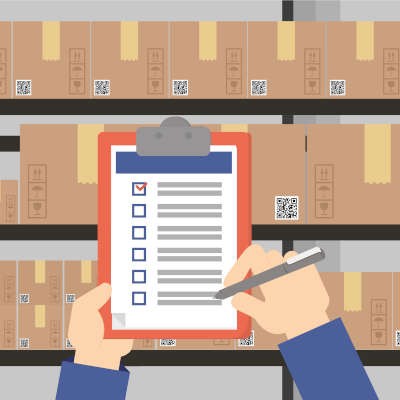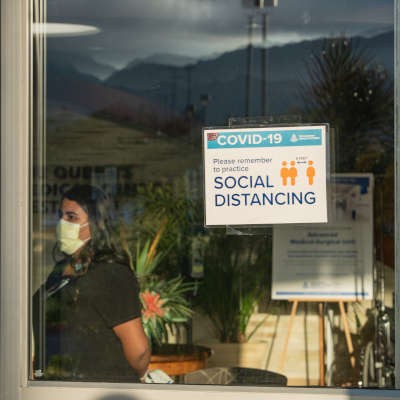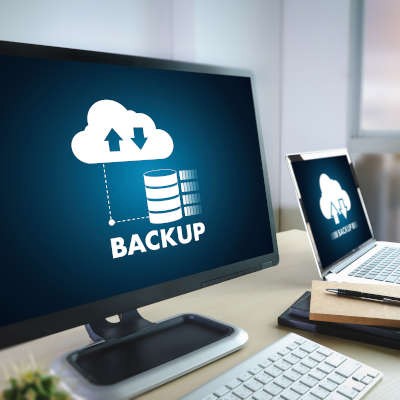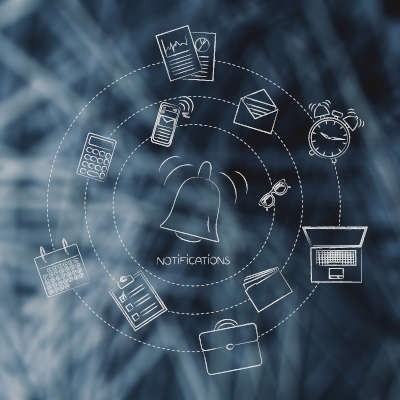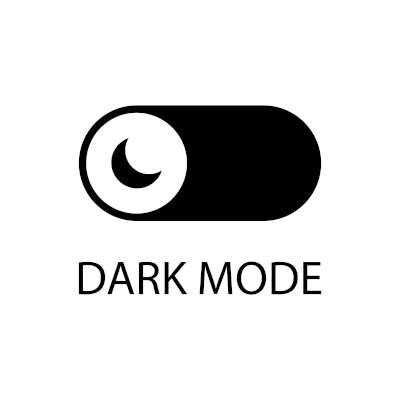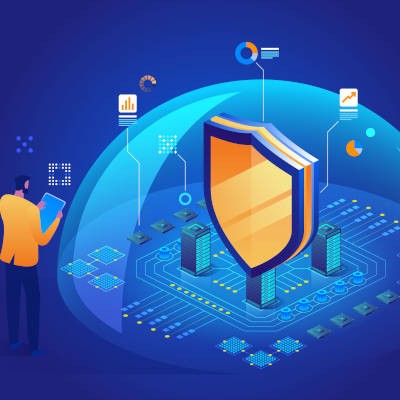Ferrum Technology Services Blog
The impact of COVID-19 to businesses has been such that we will not likely return to the way business was run before all of this happened. A major factor to this is how businesses once made use of their technology. The shifts that have occurred in the last few months will not likely go away, even after the pandemic ends.
Five months into the COVID-19 pandemic, many businesses have resolved to shift their operations and replace a lot of their onsite computing hardware with cloud solutions. While the cloud has proven to be a great method for businesses to obtain the resources they need without investing in the associated costs of a hardware refresh, its other costs could prove problematic. Let’s examine your options briefly and try to establish a sense of value.
Remember a few months ago when Google and Apple joined forces to come up with a system to help state and local governments establish a COVID-19 Exposure Notification system? If you didn’t, you aren’t alone. A lot has been going on lately. Just to catch you up, the two tech giants recently pushed out an update across nearly all modern smartphones so state and local governments can deploy apps to notify people when they may have been exposed to COVID-19. Let’s do a deep dive on what this means for your privacy.
As people have increasingly shifted to working remotely, the importance of accessible support for their devices has risen substantially. This has led many businesses to use managed IT service providers, or MSPs, like us to provide this kind of support. To do so, we’ve invested in a series of tools collectively called remote monitoring and management software (RMM). Let’s share some of the reasons that you want an IT support provider that uses RMM to their advantage.
While stocking up ahead of time may be a sound strategy for things like breakfast cereal and toilet paper, the same cannot often be said in your business. In fact, excess inventory can sometimes cost your business a lot of money. That’s why we figured that we would discuss how an inventory strategy can help prevent redundant spending in your business.
Like many other businesses, COVID-19 has foiled the big plans you had for 2020, but it has presented a different set of opportunities. Many businesses had deliberately avoided providing remote work opportunities for their employees, mostly out of the fear that their teams would become inefficient, less productive, and present management and security challenges. Now, after a few months with little choice but to suddenly embrace it, the major challenges are actually delivering the resources your nelly remote workforce needs to produce results in line with expectations.
Google—the name that has become synonymous with searching online, it is (if we’re being totally honest) the go-to means of seeking out the information we need. We’ve all used it, but did you know that there are tricks to make your searches more efficient? For this week’s tip, we’ll go over these tricks so that you can use Google Search that much better.
Business reopening is proving to be relatively difficult as COVID-19 isn’t going away. To ensure the health of your staff, while still reopening your business to create revenue, you will need to carefully weigh all your operational decisions. Today, we have outlined some best practices in which to do so.
Your business’ data is extremely important to the livelihood of your business and as a result, you need to have plans in place to protect it. Sure, you can invest in all the top notch cybersecurity tools and services, and they may keep you from getting your data stolen or corrupted, but what happens if something terrible happens to the servers that it is stored on? No level of threat detection is going to save a server if it is charred, under water, or its components are completely fried.
For Android users, notifications are a big part of the user experience. Unfortunately, every single app you use creates them and they can be a major distraction. To help limit these notification-based distractions, you need to understand how to manage them. Today, we give you a few suggestions on how to keep your notifications from being a detriment to your productivity.
In today’s financially motivated world, financial technology - AKA “fintech” - has allowed people to manage their finances without stepping into a bank. In fact, a Bank of America study found that 62 percent of people now use digital banking. Therefore, it seems prudent to share a few ways to keep yourself safe while using these kinds of mobile apps.
Anyone who spends a lot of time sitting in front of a computer screen knows how much of a problem eye strain can be. With symptoms ranging from irritation to headaches and exhaustion, it is no wonder that many applications are trying to address this issue with varying success with “dark” or “night” modes. Let’s consider Microsoft Word’s approach to this and see if we can’t find a simpler way to adjust your settings and save your eyes no small amount of hassle.
Quick Marty! Hop into the DeLorean! Let’s time travel back to a simpler time, back in the late 90’s!
Back then, you could walk into any store that sold software and you’d see two types of antivirus protection - orange boxes that said Norton, and red boxes that said McAfee.
Today, like most things, life isn’t as simple. There are a lot of choices, and… well, you shouldn’t be going to a store to buy your antivirus these days. Let’s discuss!
A lot of people didn’t take the novel Coronavirus seriously when it was first discovered outside of China in late February. Now four months later, as the pandemic rages on, people continue to work from home, have their hours cut, or be completely out of a job. For the business owner, this period has been filled with difficult decisions, including halting all major IT projects. If your business is looking for a solution to help them add the technology they need at a price that works for this period, here are three useful options.
As so many businesses have had to close their doors recently, remote work has become a very popular option. Unfortunately, this sudden shift has not been without negative side-effects. One such byproduct of this shift has been a serious overworking problem. This is a big problem, and one that you need to address if it has presented itself in your operations.


